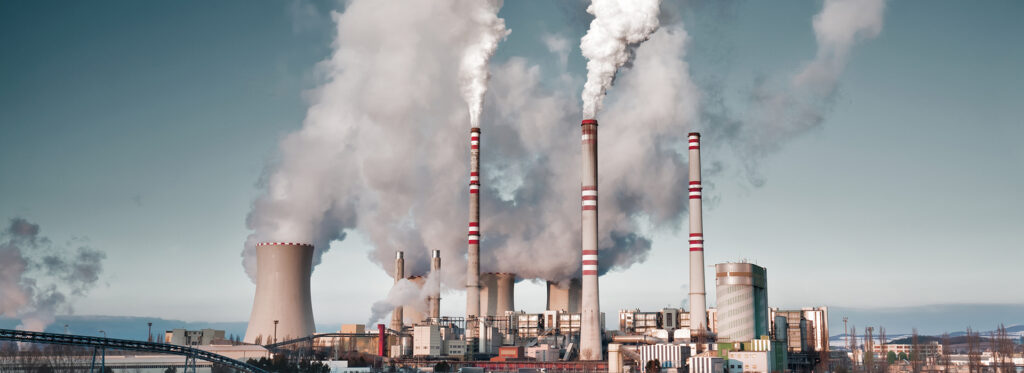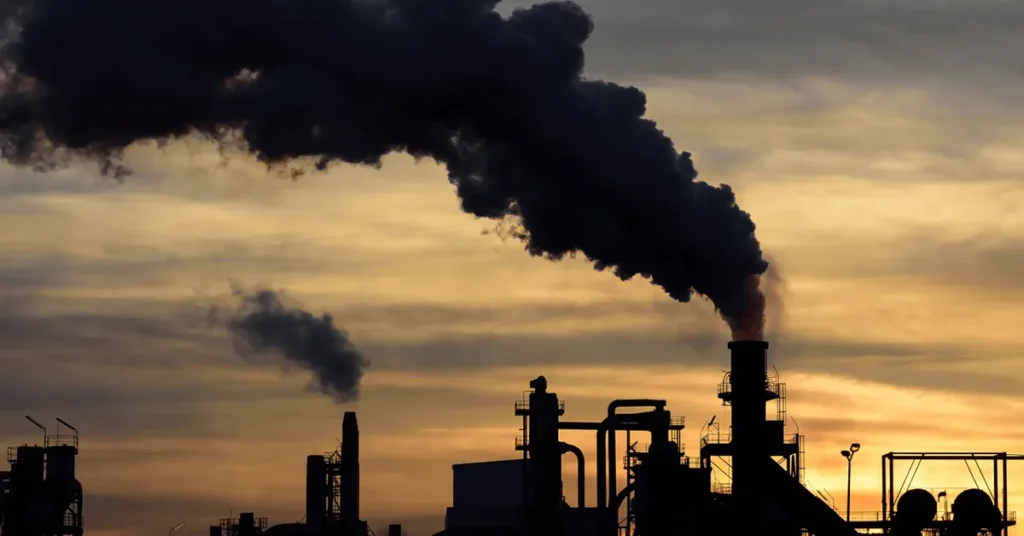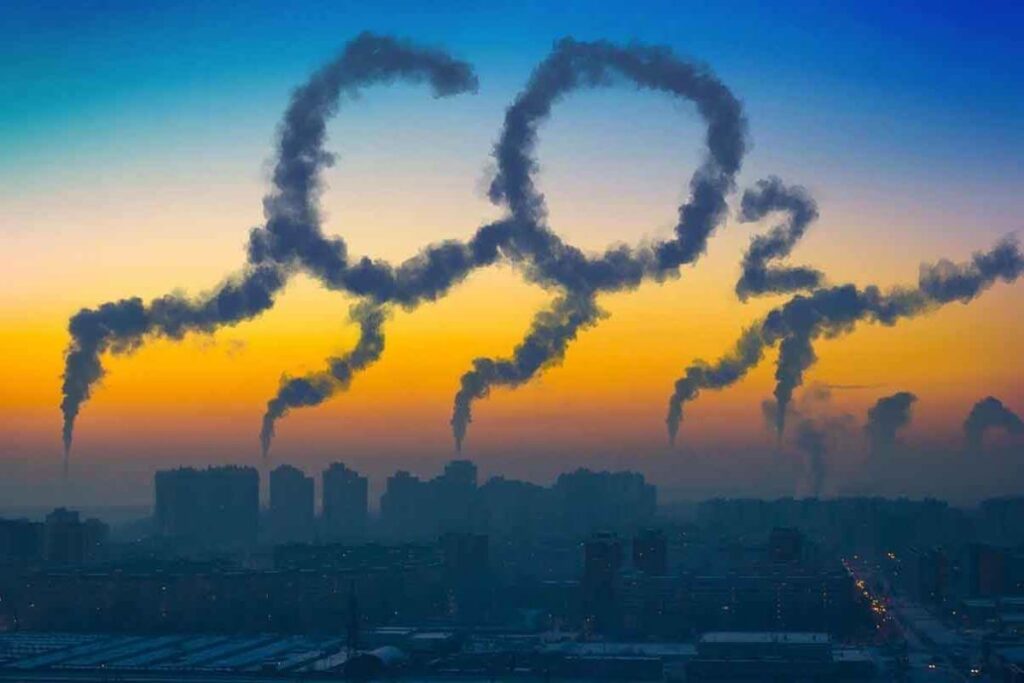Reducing Carbon Emissions: Key Sources and Strategies in the U.S.

Greenhouse gases trap heat in the atmosphere, leading to a warming effect on the planet. Human activities have significantly contributed to the increase in greenhouse gases over the past 150 years. In the United States, the primary source of these emissions is the burning of fossil fuels for electricity, heating, and transportation.
The Environmental Protection Agency (EPA) monitors and reports on U.S. greenhouse gas emissions through its annual Inventory of U.S. Greenhouse Gas Emissions and Sinks. This report provides estimates of the total emissions and removals associated with human activities across various sectors.

Primary Sources of U.S. Greenhouse Gas Emissions by Economic Sector
- Transportation
- Emissions mainly result from burning petroleum-based fuels (gasoline and diesel) for vehicles such as cars, trucks, ships, trains, and planes.
- Over 94% of transportation fuel is petroleum-based.
- The transportation sector is the largest source of direct greenhouse gas emissions.
- Electricity Production
- Emissions are largely from burning fossil fuels (coal and natural gas) to generate electricity.
- In 2022, 60% of U.S. electricity was generated from fossil fuels.
- Industry
- Emissions come from burning fossil fuels for energy and from chemical reactions during the production of goods.
- When including indirect emissions from electricity use, industrial activities represent a significant share of U.S. greenhouse gas emissions.
- Commercial and Residential
- Emissions arise from burning fossil fuels for heating, refrigeration, and cooling, as well as waste handling.
- Buildings account for 75% of electricity use in the U.S., making the commercial and residential sector’s share of emissions much larger when indirect electricity-related emissions are included.
- Agriculture
- Emissions stem from livestock, agricultural soils, and rice production.
- Indirect emissions from electricity use in agriculture are about 5% of direct emissions.
- Land Use and Forestry
- Land areas can act as sinks or sources of greenhouse gas emissions.
- Managed forests and other lands in the U.S. have been net sinks since 1990, offsetting 13% of total gross greenhouse gas emissions.

Trends
Since 1990, U.S. greenhouse gas emissions have decreased by just over 3%. However, emissions can fluctuate annually due to economic changes and other factors. In 2022, emissions increased by 0.2% compared to 2021. The sharp decline in 2020 was due to the COVID-19 pandemic, while the subsequent increase in 2021 and 2022 was driven by economic recovery, leading to higher CO2 emissions from fossil fuel combustion.

Electric Power Sector Emissions
- The sector involves generating, transmitting, and distributing electricity, with CO2 being the primary greenhouse gas emitted.
- Emissions from coal combustion are higher than from natural gas or petroleum.
- In 2022, coal use accounted for 55% of CO2 emissions from the sector but only 20% of electricity generation.
- The sector has seen a 15% decrease in emissions since 1990 due to a shift towards lower- and non-emitting sources of electricity and increased energy efficiency.

Electricity End-Use Emissions
- Emissions from electricity use can be allocated to various end-use sectors such as industrial, commercial, residential, and transportation.
- Industrial activities and buildings (commercial and residential) have substantial emissions when indirect electricity-related emissions are included.
- The transportation sector has a growing but still relatively low percentage of electricity use.

Reducing Emissions from Electric Power Production
Opportunities to reduce emissions include:
- Increased Efficiency of Fossil-Fired Power Plants and Fuel Switching
- Improving the efficiency of power plants and switching to less carbon-intensive fuels.
- Example: Converting coal-fired boilers to natural gas.
- Renewable Energy
- Using renewable sources like wind, solar, hydro, and geothermal for electricity generation.
- Increasing the share of electricity from renewables.
- Increased End-Use Energy Efficiency
- Reducing electricity use and peak demand through energy efficiency and conservation.
- Example: EPA’s ENERGY STAR® program.
- Nuclear Energy
- Extending the life of existing nuclear plants and building new ones to generate electricity without fossil fuels.
- Carbon Capture and Sequestration (CCS)
- Capturing and storing CO2 emissions from fossil fuel combustion.
- Example: Capturing CO2 from coal-fired power plants and injecting it underground.

These strategies offer various pathways to reducing greenhouse gas emissions in the electric power sector and beyond.




